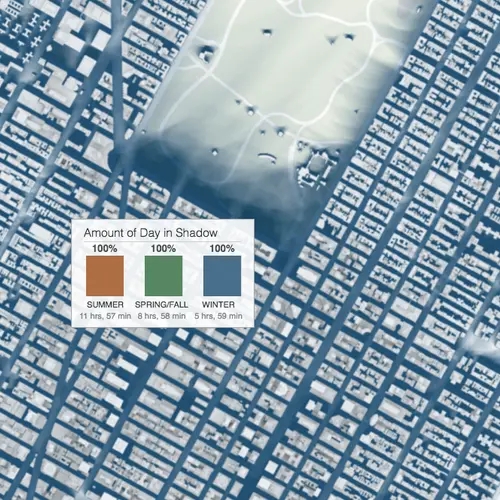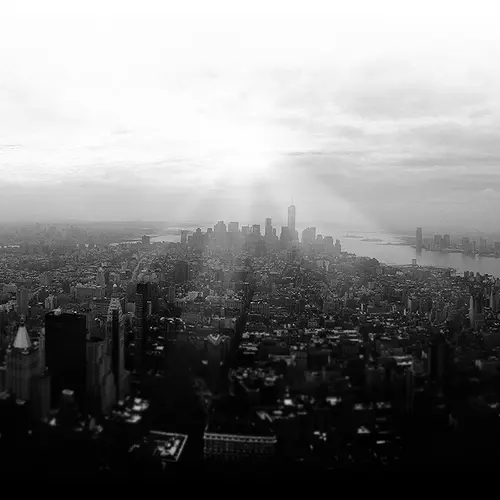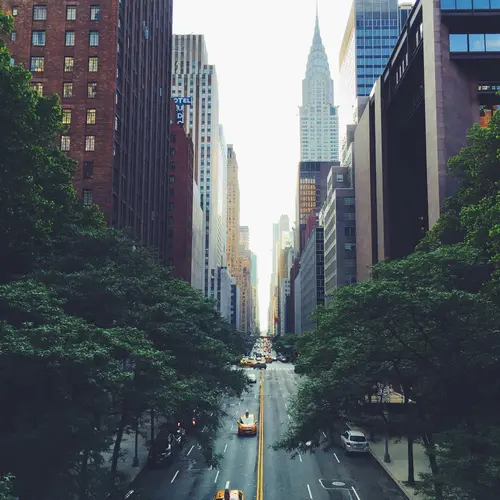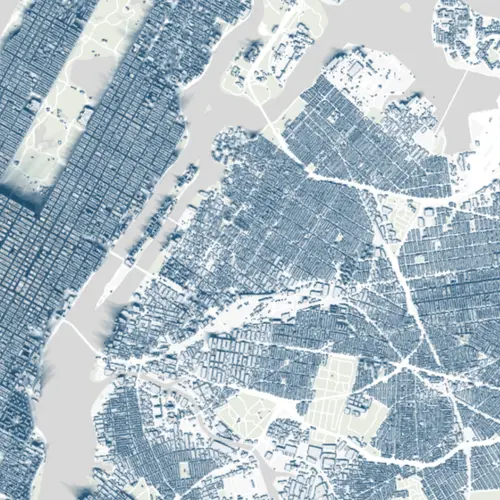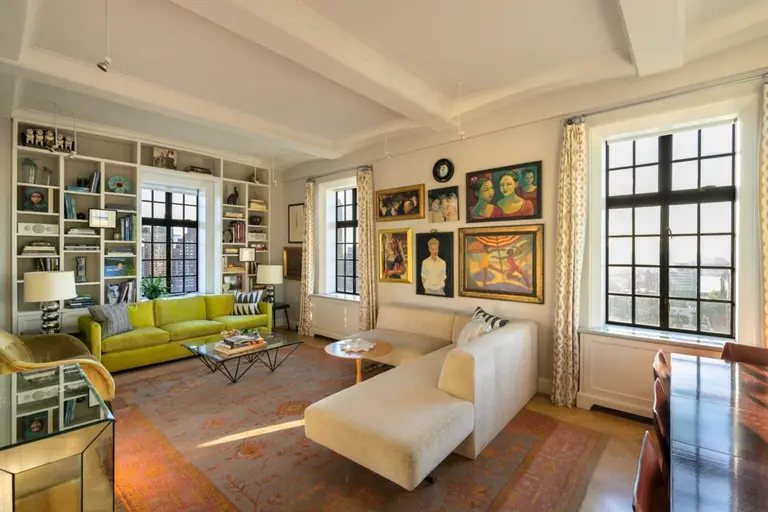Interactive map reveals the shadows cast by every New York City building
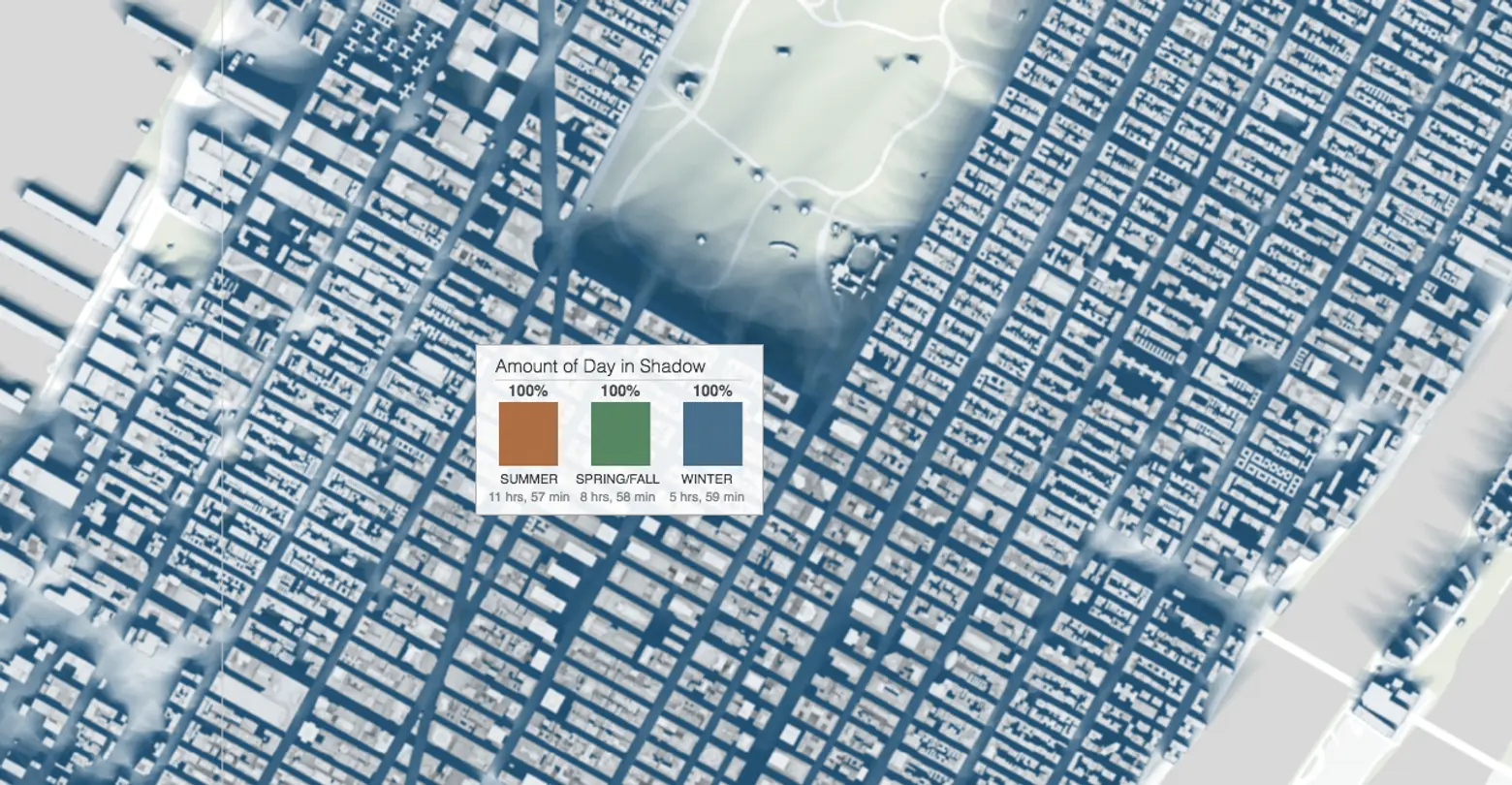
The Times calls the phenomenon a “struggle for light and air.” And indeed, while New York City architecture is lauded for both its design and innovation, the decades-long race to build bigger and taller has taken a toll on the cityscape, particularly in the form of shadows. While any recent criticism of the effect has been directed towards the towers rising along Billionaire’s Row, as The Upshot’s map reveals, New Yorkers on the whole spend a lot of their time cutting through long stretches of shadow. The map documents thousands of buildings across the five boroughs, denoting age, height and the resulting shadows cast at ground level over the course of one day, down to the minute, during all seasons. As seen above, tall-tower haven Central Park South is cloaked in darkness 24/7 during the fall, winter, spring and summer months—but then again, if you peruse the map, you’ll see a lot of other blocks are too.
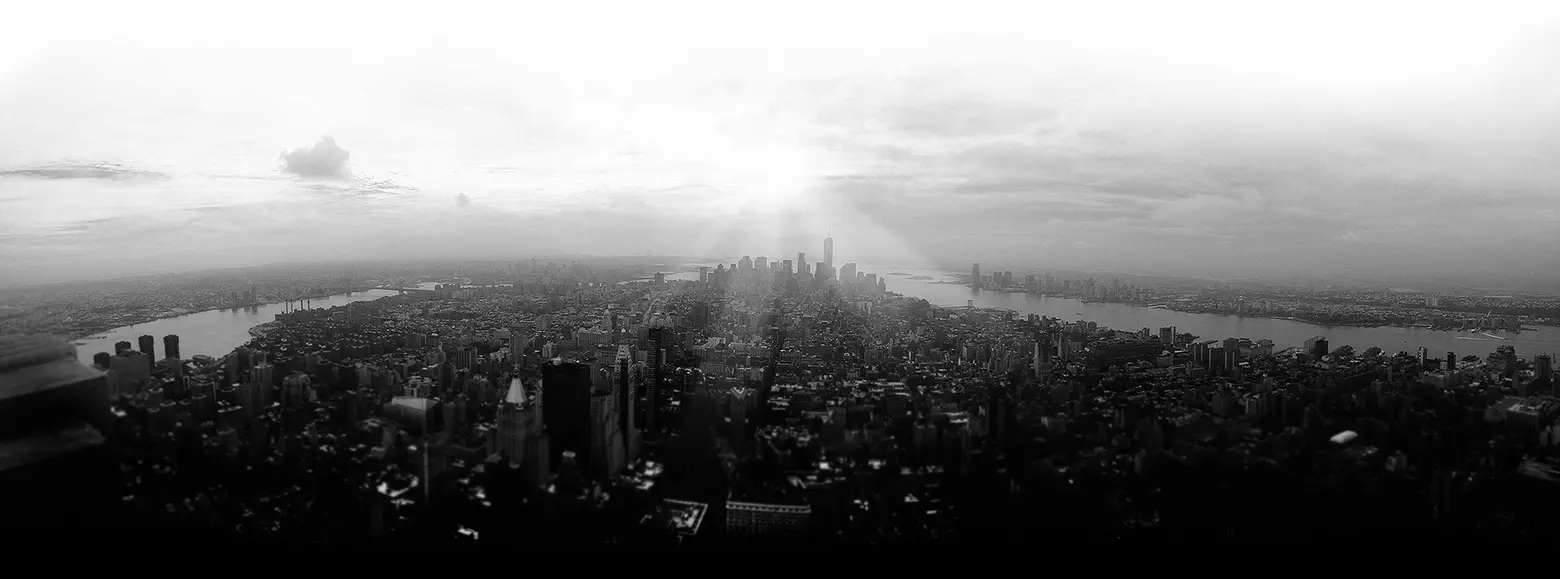
As the paper points out, New York City’s latitude and orientation (the grid is 30 degrees off of true north) gives way to a skewed sunrise and sunset, where in the summer the sun rises in the northeast and sets in the northwest, and in the winter the sun rises in the southeast and sets in the southwest; incidentally, the standard east/west sunrise/sunset is an outlying event that happens only the equinoxes when day and night are of approximately equal duration. As such, the angle and length of a building’s shadow will vary significantly depending on the time of year. Moreover, neighborhoods that exist in shade in the winter can also be soaked in sunlight in the summer.
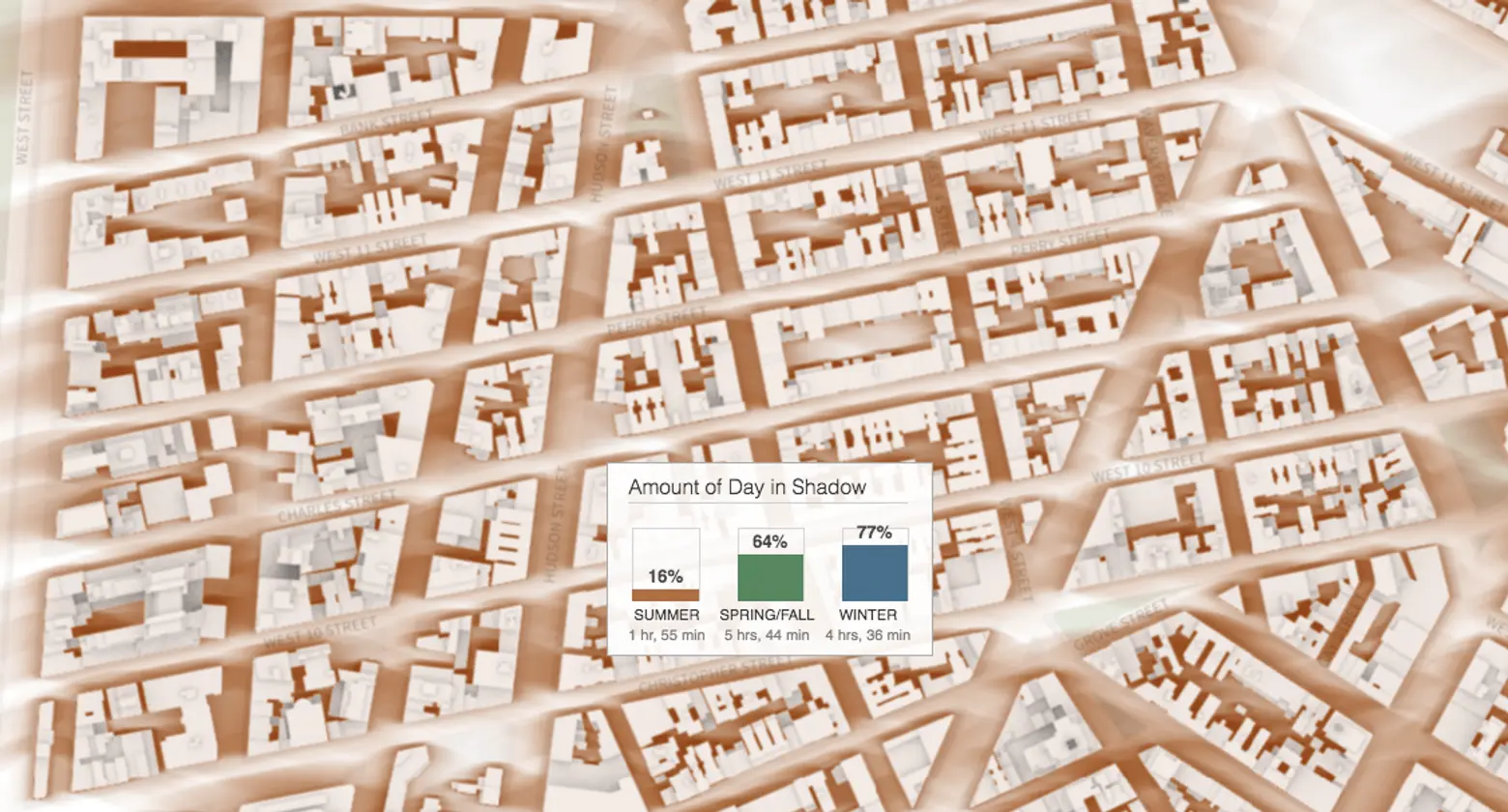 Parts of the West Village exist primarily in the shadows during the winter but are bathed in sunlight during the summer months
Parts of the West Village exist primarily in the shadows during the winter but are bathed in sunlight during the summer months
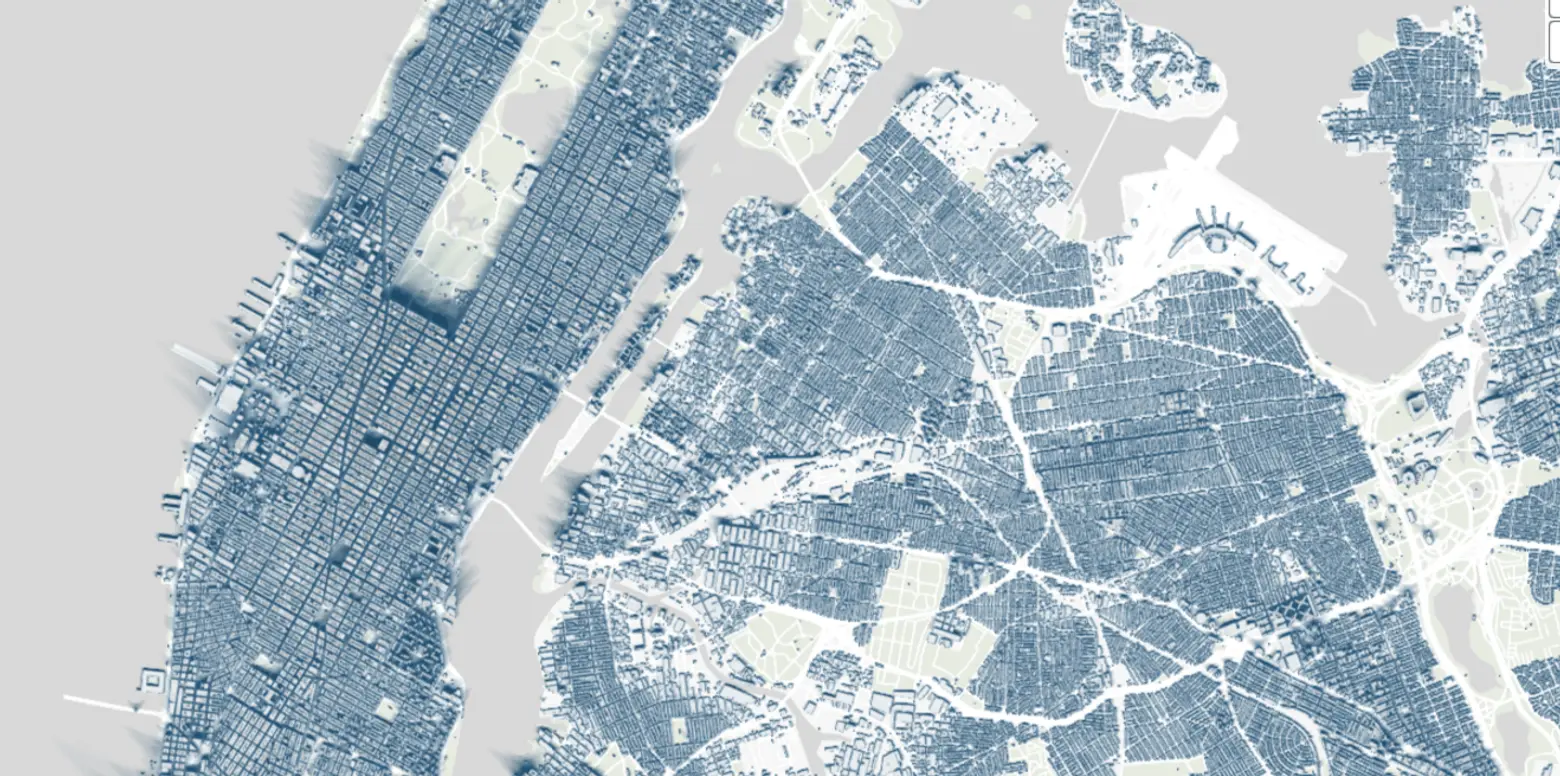
However, according to research provided by Claudio Silva and Harish Doraiswamy, engineers at New York University, “on average, most neighborhoods in Manhattan are covered in shadow for at least half of daylight hours.” And this has considerable implications.
As the Times writes, “Sunlight and shadow shape the character and rhythm of New York’s public spaces … In most parts of America, sunlight is not debated the way it is in New York, where the city’s thirst for living space, working space and economic growth has turned the sun into a virtual commodity.”
We see this as New Yorkers often opt to skip over dark “side streets” sandwiched between more major thoroughfares like 14th Street, 23rd Street, or 57th Street, as well as with rents where smaller, independent retailers (and to be sure, sometimes big chains) will set up shop along darker corridors to save cash.
[Via NYT]
RELATED:
